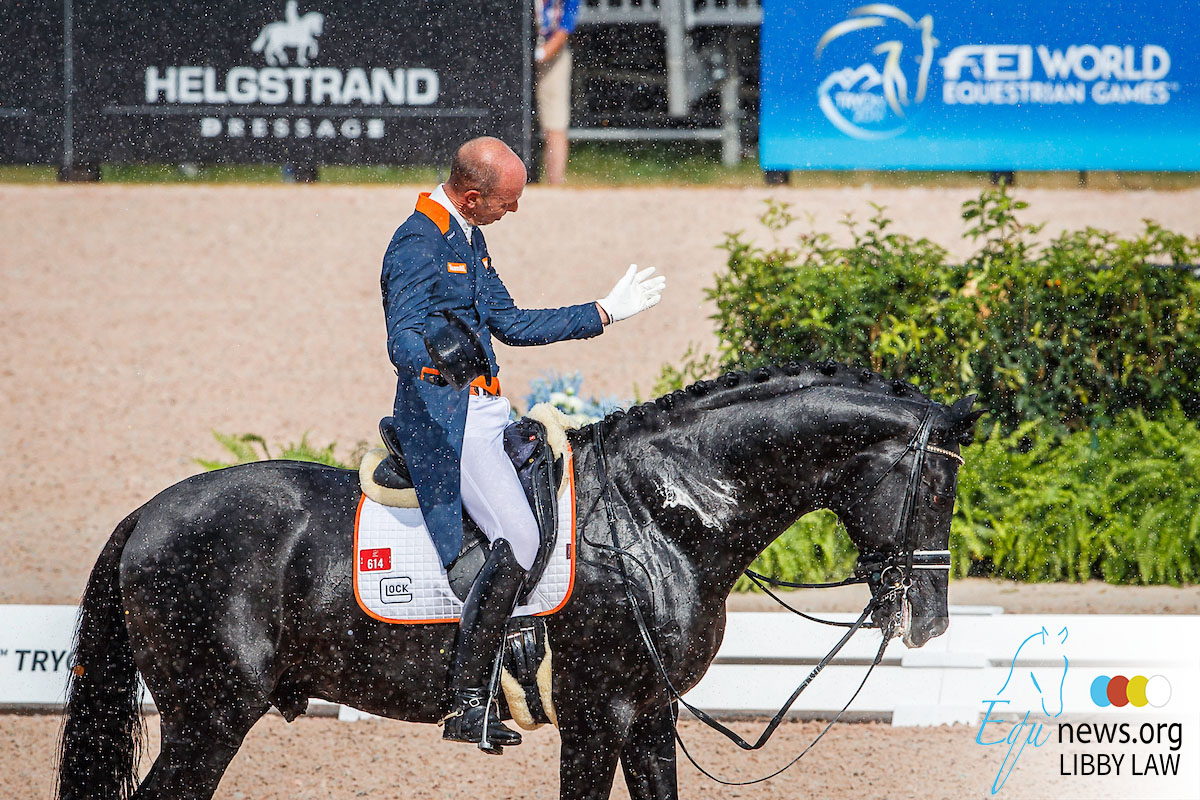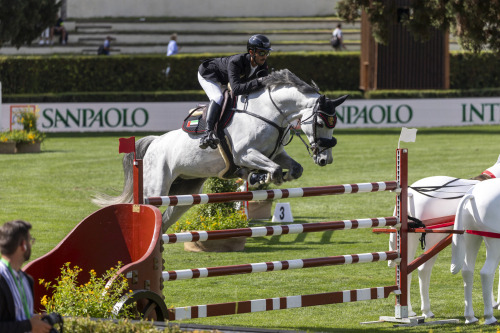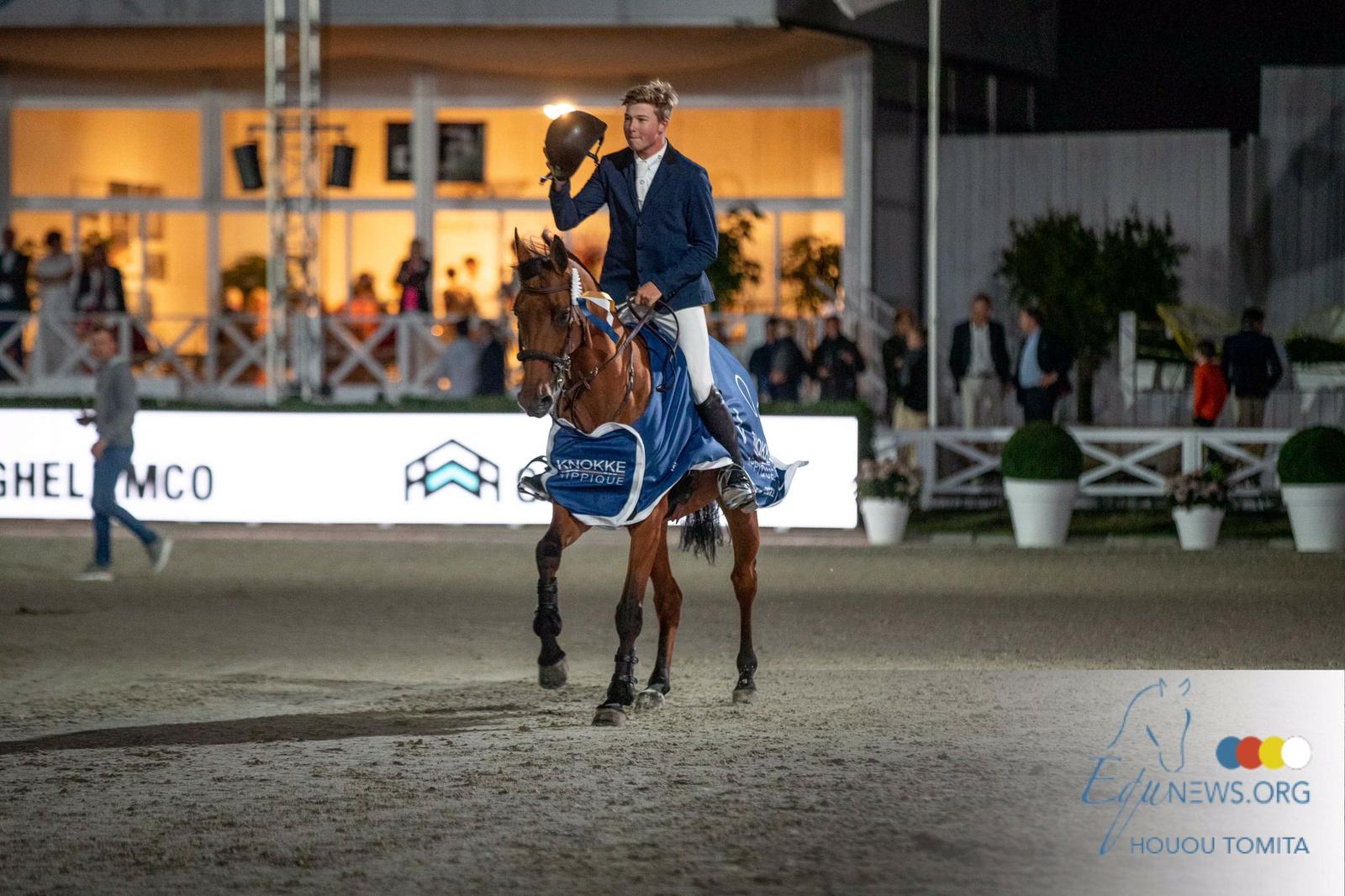One of the biggest differences with previous Games is that only three riders per country may start. There is therefore no tie-breaker. A disappointing result from one combination can cause a medal-winning country to drop significantly in the rankings.
The Grand Prix as a qualifier for the Freestyle
The Grand Prix will take place over two days (Saturday 24 and Sunday 25 July). All competitors will ride the Grand Prix. This test counts as qualification for the kur on music, in a different way than we are used to. The competitors are divided into six groups of ten. These groups will be formed on the basis of the world ranking list. The intention is that on paper all groups are about the same strength. This will prevent a mediocre combination from qualifying for the final in a mediocre group. The best two combinations of each group will automatically go to the Freestyle. Besides these twelve combinations there are six combinations through to the final. These are the six riders who are highest in the results, besides the riders who are already qualified of course.
The Grand Prix Special as Nations Cup
The Grand Prix is also the basis for the Nations Cup, although the team medals will be distributed in the Grand Prix Special. The percentages of the Grand Prix are not added to the scores of the Grand Prix Special, only one test counts for the team medals. Only eight countries (24 combinations) will start in this test. This means that after the Grand Prix already some countries will be eliminated and not every country will participate in the team competition.
Special with music
Riders have to provide their own music for the Grand Prix Special. This music will not be included in the evaluation. At other shows, it is the organization that arranges the music and anticipates on the exercises and transitions.
Starting order GPS
In the Grand Prix Special, the riders will again be divided into three groups. In each group there is one combination of a certain country. For the first two groups, the reverse order of the Grand Prix results will be kept as starting order. After that it gets exciting, because the ranking determines the order in which the riders in the last group will ride. For example, if after the first two groups have ridden, the Netherlands is on course for team gold, the last Dutch rider may start as last.
Freestyle final
The 18 competitors in the Freestyle will start in three groups of six. The rider with the highest score in the Grand Prix will be the last to start. All scores will start at zero. The rider with the highest score in the freestyle is the Olympic champion.
The backup rider
Countries may send a reserve rider up to two hours before the start of the Grand Prix. A substitute rider may also be used before the Grand Prix Special, but only if there are veterinary or medical reasons for the horse or rider. A change of rider may not be made for the sake of medal chances. When a reserve rider is only used for the Grand Prix Special, he has no possibility to start the freestyle kur, even if the rider who is replaced is entitled to start in the final.
Source: KNHS



